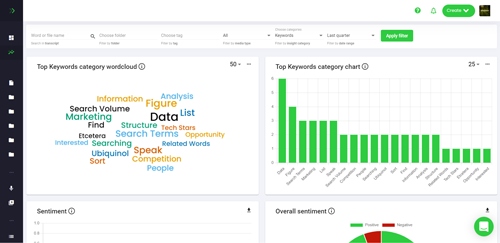What Is Bias In Data Collection?
Data collection is an important part of any research project. It is the process of gathering data from multiple sources in order to answer a specific research question. However, data collection is not without its challenges. One of the most significant challenges is bias, which is the tendency for data to be skewed in one direction or another, resulting in inaccurate results.
Bias in data collection can take many forms. It can be intentional or unintentional, and it can occur at any point in the data collection process. Bias can be caused by the researcher, the data collection tools, or the data sources themselves.
Types of Bias in Data Collection
There are three main types of bias in data collection: selection bias, measurement bias, and response bias.
Selection Bias
Selection bias occurs when the researcher selects specific data sources or subjects that are likely to give a particular result. For example, if a researcher is studying the effectiveness of a new medication, they may only choose to focus on people who already have a positive opinion of the medication. This will lead to biased results.
Measurement Bias
Measurement bias occurs when the data collection tools are not properly calibrated or are not reliable enough for the research project. For example, if a researcher is using a survey to collect data, the questions may be poorly worded or may not be valid for the research project. This can lead to inaccurate results.
Response Bias
Response bias occurs when the respondents do not answer the questions truthfully or accurately. This can occur for a variety of reasons, such as social desirability bias (where respondents answer questions in a way that they think is desirable or socially acceptable) or self-selection bias (where respondents choose to participate in the research study).
How to Avoid Bias in Data Collection
There are several steps that researchers can take to avoid bias in data collection.
Choose Appropriate Data Sources
The first step is to choose appropriate data sources. Researchers should take into consideration factors such as the size of the sample, the representativeness of the sample, and the accuracy and reliability of the data sources.
Use Valid Data Collection Tools
Researchers should also use valid data collection tools, such as surveys, questionnaires, and interviews. These tools should be carefully designed to ensure that the questions are valid and unbiased.
Train Respondents
Researchers should also train respondents on how to answer the questions accurately and truthfully. This can help to reduce response bias.
Analyze Data Carefully
Finally, researchers should analyze the data carefully to identify any potential biases. This can help to ensure that the results are accurate and reliable.
Conclusion
Bias in data collection can have a significant impact on the accuracy and reliability of research results. By taking steps to avoid bias, researchers can ensure that their data is valid and reliable. This will help to ensure that the research results are accurate and can be used to inform decision-making.
For more information on avoiding bias in data collection, check out this article from Quality Data Systems, this guide from Qualtrics, and this video from StatQuest.



